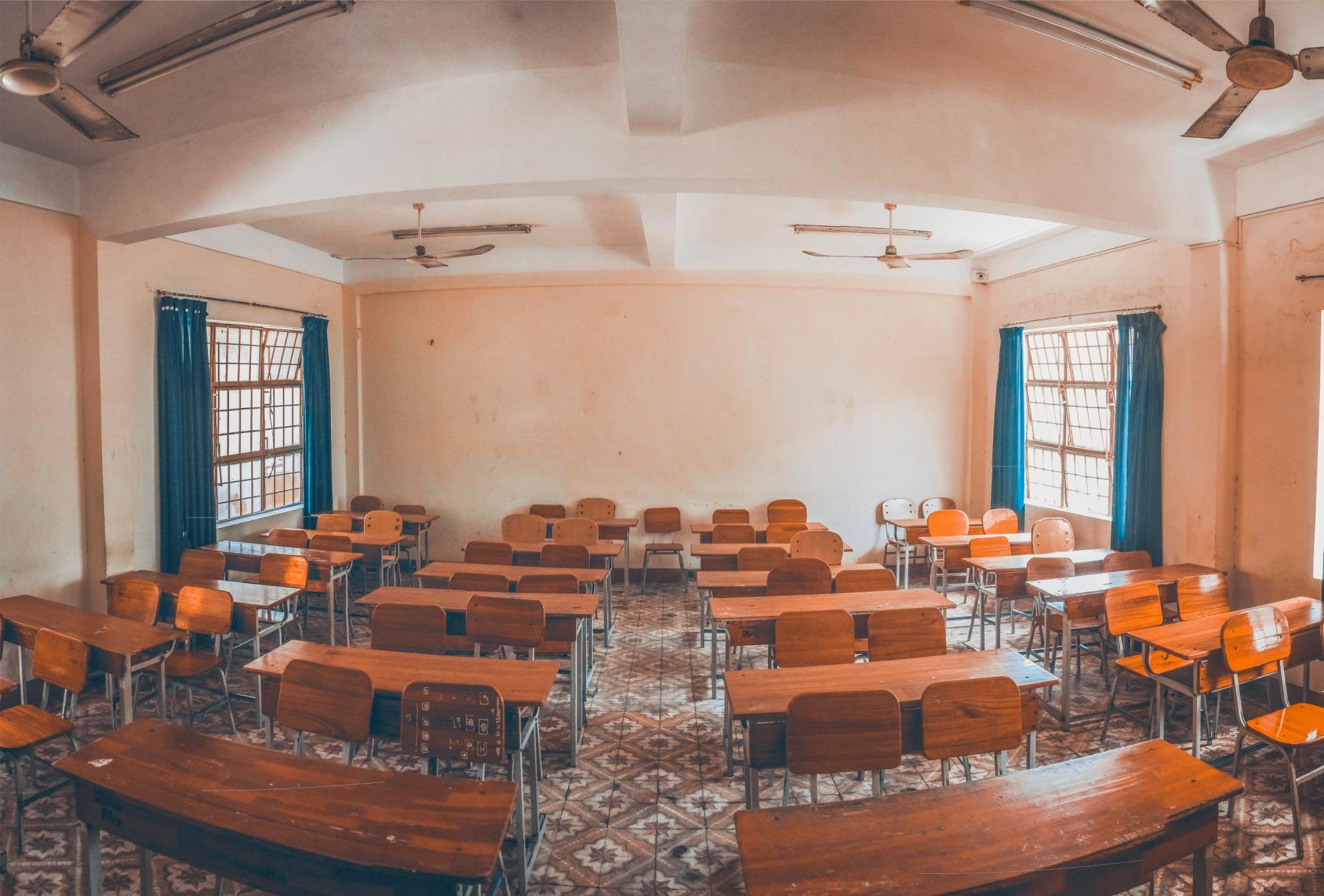
Slide title
Write your caption hereButton
Slide title
Write your caption hereButton
Slide title
Write your caption hereButtonSlide title
Write your caption hereButtonSlide title
Write your caption hereButton
Blog

By Iris Kipnis
•
22 Jul, 2020
If you are considering taking advantage of the no-test-required options offered by some schools, we should definitely talk. I have described some of the issues below, but as you can see, it's not as simple as it might seem. Contact me and we can discuss your options. For as many years as I can recall, I have worked with students whose grade point averages superseded their test scores. This evident gap careened their self-esteem and made them far less competitive in the eyes of college review committees. The frustration of four diligent years of effort during high school paired with a four and a half-hour achievement test left many feeling thwarted by an unjust academic system. Additionally, the roots run deep when considering the accessibility to test prep which some families have found more affordable than others. This inequity only added to accentuate the problem. Ultimately, it has taken a global pandemic to level the playing field. However, what many may perceive as a “free ride” is, nevertheless, a conundrum. The “test-optional” terminology is not a one size fits all solution. Many applicants are unaware that the term is merely an umbrella for a category with several caveats, namely, additional designations including “test-blind” and “test-flexibility.” Consequently, students and parents need to be astute in deciphering the differences and determining how each affects their opportunities for acceptance. “Test-optional” policies do not require students to submit scores, however, will review scores as an integral part of a profile if a student wishes to submit them. Therefore, for students possessing strong scores, they can be advantageous. For students choosing not to submit, it is a nullifier which eliminates one more category of potential consideration while simultaneously permitting them to apply. For these students, their strengths in other categories of consideration will be paramount. “Test-blind” policies level the playing field by eliminating the review of any test score consideration across the board. “Test-flexible” policies have had proponents, such as NYU, for a number of years. This policy permits a student options in selecting the test score the student wishes to submit as evidence of the highest level of demonstrated performance. Therefore, a student can provide SAT, ACT, Advanced Placement, Subject Test Scores, or evidence of International Baccalaureate accomplishment to substantiate college readiness. Moreover, beyond these three designations lie additional caveats. For example, perusing the 1250 plus test-optional schools located at www.fairtest.org, one notices the key at the bottom of the page that alludes to exceptions at some schools such as test scores still being required for out-of-state applicants, or required for specified programs only, or if the minimum GPA and/or class rank are not met. Further, there are institutions that may require a placement test or school-specific test if SAT or ACT scores are not submitted or if a student does not meet a specific Admission/Eligibility Index calculated by a given school. Furthermore, there are some schools that allow test-optional policies to apply to admission but require test scores for scholarship consideration which muddies the waters for candidates seeking both opportunities. Last, and most recently, is the fact that some schools are implementing test-optional policies on a temporary basis until the pandemic subsides, others on a trial period of one to two years with a re-evaluation to follow, and others that have been and will remain test-optional regardless, leaving the future of test-optional schools an open book. The advice is to carefully read the requirements of all schools before assuming that the elimination of test scores at one school is synonymous with the requirements at another. The bottom line is to do your research and read the fine print rather than rely on assumptions because currently the term “test-optional” is not a universal construct, rather, it possesses a myriad of interpretations, school by school.

By Iris Kipnis
•
22 Jul, 2020
The everchanging college landscape described below offers a variety of future trends as well as current models that can be overwhelming to parents just beginning the college search. Contact me for assistance in clarifying the predictions that are relevant to you and your student. As the pandemic steers the direction of policies among colleges and universities regarding their decisions as to how and when to reopen, we observe a robust effort to balance the plethora of factors influencing these determinations. While the primary concern should be the health, welfare, and safety of students, administrators, faculty, and staff, there are inevitable concerns that prevail. These include the financial stability of each institution, the dexterity to quickly adapt technologically, the compliance of faculty to return to classroom settings, the adherence to federal dictates, and the logistics that would ensure the capability to return – in classrooms, residence halls, cafeterias, administrative buildings, and beyond. Many institutions have initiated a myriad of committees to analyze models best suited to reopening procedures. Some have adopted a hybrid approach of both in-class and out of class learning. One intriguing approach is offered by the University of Colorado in Boulder where a cohort program is proposed for incoming freshman. Under this plan, groups of no more than ten students would occupy a socially distanced classroom at any one time. This “cohort” would move through all classes together throughout their first two years of undergraduate liberal arts studies. While protection beyond the minimized classroom experience would be helpful, it does not necessarily mitigate against increased exposure throughout the campus. The faculty of Arts and Sciences at Harvard proposed a plan whereby freshman would attend in-person first semester and second semester would be remote. Conversely, the seniors would study from a far first semester and attend on campus second semester. The goal is to maintain a maximum of 40% density at any one point. Other approaches propose a change in the timeline, suggesting that schools end their first semester earlier to ensure that students are dismissed prior to the traditional fall holiday period to minimize the spread during the convergence of both COVID-19 and the flu season. As numbers continue to surge in certain areas, it becomes even more incumbent upon schools to masterfully navigate these decisions. As of July 16, 2020, the Chronicle of Higher Education provided a statistical breakdown of institutional determinations to date. It revealed that 9% of schools are opting for online education, 56% for in person learning, 30% for a hybrid model, with the remaining 5% currently undecided. Jeffrey Selingo, best-selling author, and former editor of the Chronicle of Higher Education among other notable recognitions, has discussed trends in education in his books that provide a forecast for the future. Anticipated changes that were expected to appear by 2024 to 2025 have now accelerated forefront to as early as 2021 due to the pandemic. Some of these expectations have come into play as predictive models for the upcoming school year. Following his survey of numerous colleges and universities nationwide, Selingo’s anticipates that students will be less inclined to attend school far from home, a phenomena I witnessed in my practice during the downturn of the economy in 2008-2009, which appears to be a trend during uncertain times. Additionally, Selingo alludes to a geographic shift in student enrollment from the traditional Northeast and Midwest institutions to the South and West. He has also noted the impact of the financial effect upon colleges and universities which has determined their viability. Consequently, he anticipates that some smaller colleges will close while others merge to remain sustainable. Merging may lead to an agreement whereby each institution emphasizes their stronger areas of enrollment in balance with the other, ultimately ensuring a comprehensive curriculum. Perhaps the consortium models that have long been in existence in the Boston area is an example of the underpinnings of this modification. Selingo also highlights other co-operative/partnership arrangements that may arise as an outgrowth of feasibility. For example, schools may allow industry to utilize unused buildings on campus, perhaps a win-win for some schools as a revenue source for an institution and a possible internship opportunity for students simultaneously. Other cost-based models appear to reflect the increase in community/state college enrollment to assuage the economic impact that many parents are currently experiencing due to high unemployment rates. Additional insight has been offered by Dr. Scott Galloway, Professor at New York University, who reviewed models to determine which colleges he predicts will survive or perish and the underlying determinants. He provides a value versus vulnerability model that analyzes the survival rate of institutions based on four possible outcomes: thrive, survive, struggle, or perish. As the foundation for his research, he reviewed 436 universities included in US News and World Report’s Top National Rankings. His analysis even included research of ICU capacity per 10,00 people in US college towns. While some applaud his research and others question the multiplicity of factors that can influence the outcome of his predictions, it is nevertheless an intriguing read as one considers the future viability of any institution of higher learning nationwide. His recent blog article, “No Mercy, No Malice,” also appears in Business Insider for those who desire as deeper discussion. Furthermore, given the ramifications of the steps colleges and universities are taking nationwide regarding virtual classrooms and online learning, we are witnessing an era of booming expansion of technology that has both its advantages and disadvantages. On the plus side, more students, parents, and educators are becoming more “tech savvy.” On the minus side, it has exposed the inequalities of accessibility since all students do not have equal access to computers or the training they may require in its operation, set up, or troubleshooting. This issue also came to light during the recent online Advanced Placement testing. So, the question is, where do we stand in regard to clarifying higher education in the near future, let alone beyond? One thing we do know, each institution, each school system is handling these issues according to their own dictates – there is no universal, one size fits all remedy. The greatest asset we have at hand is our own flexibility to make decisions accordingly, whether it is to attend a particular school as originally intended, to enroll in a more affordable school, to opt for a two plus two plan incorporating community college and university, deferring an acceptance to the following year beyond the pandemic, or building in a gap year program in the interim. Despite the changing times, we all have a potpourri of options, and each one varies as much as the decisions currently offered by each college and university. Our objective is to be dependent on our own resourcefulness in sifting among them.
Kipnis College Connection, LLC
8595 Collier Blvd.
Suite 107-33
Naples, FL 34114
Phone: 239-269-2194
Email: imk@kipnis4college.com
© 2024
All Rights Reserved




